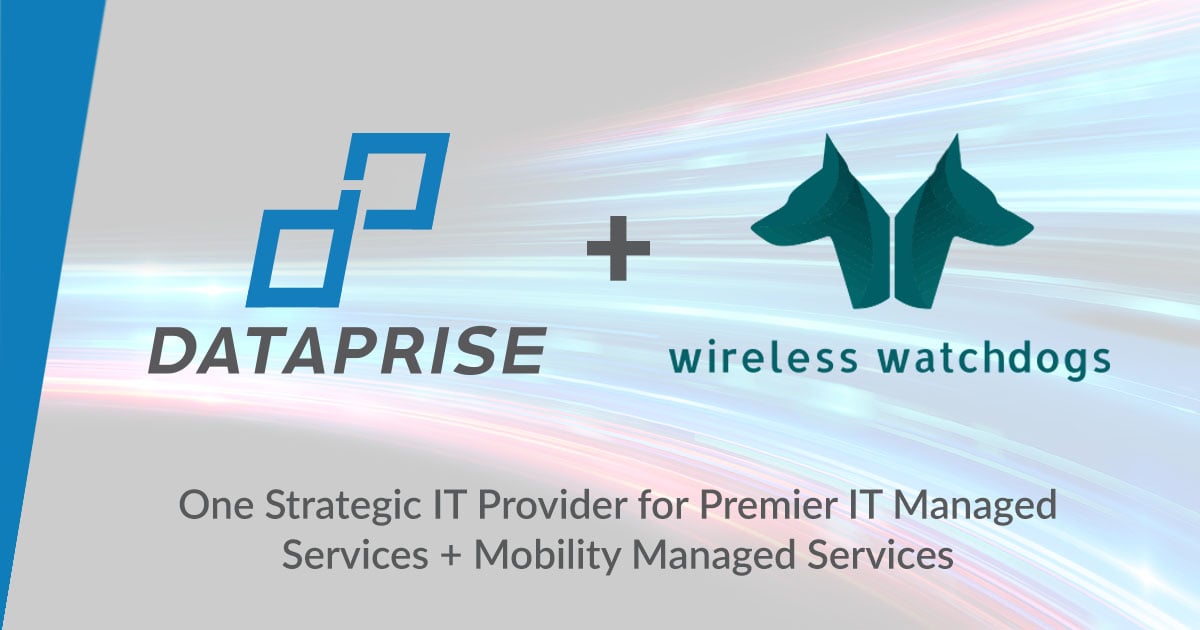The exponential growth of EMM (Enterprise Mobility Management) is no surprise since more and more enterprise employees are becoming mobile and bringing their own devices to work. A report published by The Radicati Group earlier this year forecasts that worldwide revenues for the EMM market will reach $1.8 billion by the end of 2017 and more than $3.3 billion annually by the year 2021, or an estimated average annual growth rate of 18 percent over the next four years.
A majority of EMM is now built around new and robust technology solutions. While those solutions are surely critical to the effectiveness of EMM, choosing the overall best strategy for managing mobile devices with those technology solutions is even more critical for an enterprise.
Below are things an enterprise should do when choosing the best mobile device management strategy.
Establish Organizational Requirements and Goals
An organization should always establish its requirements first. What security and regulatory compliance requirements does the organization already have in place that need to be followed? Network and service management considerations should also be brought to the forefront, along with mobile operating systems that are already in use and what type of reporting capabilities the organization needs.
Next, the organization should establish what it wants its mobile device management strategy to achieve. Does it want increased mobile device security across the board, greater user accessibility, both, or something else?
Once an organization establishes overall requirements for mobile devices, the regulations that need to be followed, and what it wants to accomplish, it’ll be easier to build a strategy around those requirements and goals.
Deploy a User-Centric, Cloud-Based Platform
A successful mobile device management strategy requires a user-centric, cloud-based platform.
As employees start bringing their own devices to work, whether it’s mandated or not, they’ll start using them to complete work-related tasks and access work-related material. Cloud-based platforms ensure that employees have a seamless and secure experience across the devices they use when accessing work-related content because the information is not attached to one specific device. A user-centric platform that can be accessed on whichever mobile device they’re using will ensure that they actually use it, because it will be planned and managed with them in mind. The entire purpose of a mobile device strategy is to empower employees to be more productive. However, if the cloud-based mobile platform they end up using doesn’t save them time or isn’t valuable for them to use, then they won’t use it.
Consider Endpoint Management to Maximize Business Processes
As the Internet of Things (IoT) expands, so does the number of technology endpoints that need to be managed across an organization. Computers, smartphones, and tablets aren’t the only devices connected to the Internet anymore. An enterprise will need to consider how to incorporate these new endpoints into their mobile device management strategy if they want it to be completely comprehensive. The IoT now enables employees to do things like access operational data from industrial equipment or download bio-digital data from sensors worn by patients. The best mobile device management strategies will address how to deal with such IoT-related work tasks, as well as data and analysis, to make processes smoother, secure, and more efficient. An enterprise can also acquire valuable data and insight from the new mobile devices being used and managed—data and insight they can use to enhance the operations of other departments, such as sales and customer experience.
Employ a Comprehensive Security Solution
The best mobile device management strategies employ a comprehensive and all-inclusive security solution. With completely comprehensive mobile device security, all technology endpoints will be continually protected against threats and from being hacked. Data stored in the cloud will also always be encrypted and secure. And cybersecurity threats across devices will be monitored and thwarted on a regular, automated basis.
A comprehensive security solution will also feature EMM tools with enhanced-identity capabilities that permit or restrict access to company resources based on the network an employee is using, as well as utilize two-factor identity access management.
Continue to Evaluate Analytics to Perfect User Experience
Perhaps the most important feature of any valuable mobile device management strategy is that it remains agile and is continually evaluated, optimized, and improved. It is essential for an enterprise to always consider new and relevant EMM tools, technologies, and trends.
It’s also imperative for an enterprise to use the data analytics they uncover about its users and their behaviors to continue to perfect user experience. When employees use their mobile devices more frequently to complete work-related tasks, their overall productivity at work increases.
The above tasks will help an enterprise seeking a mobile device management strategy choose the best one for them.








